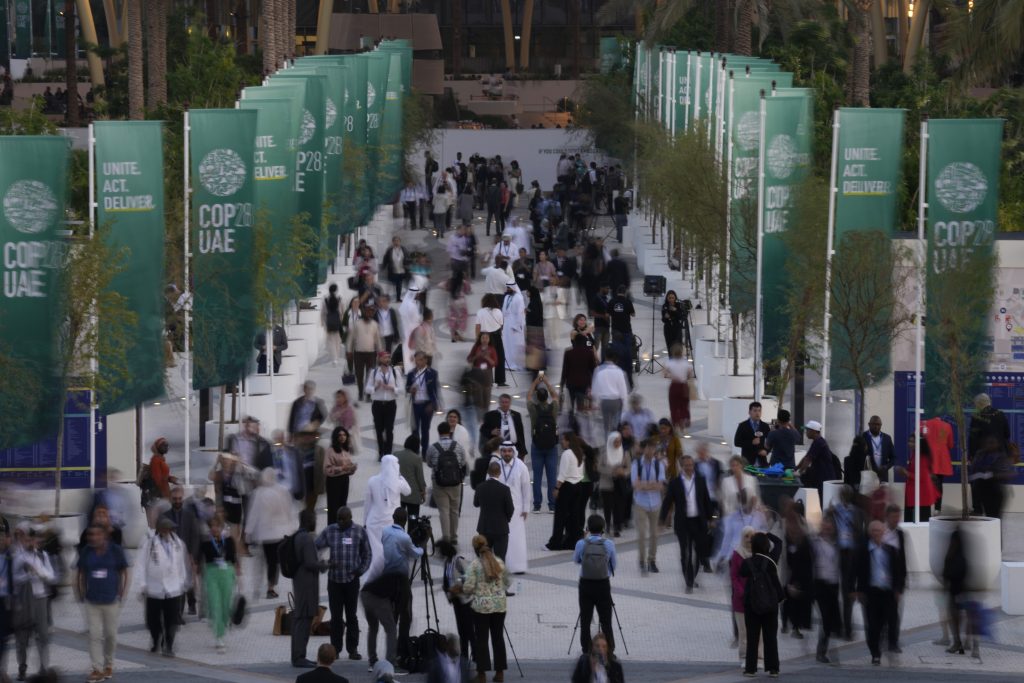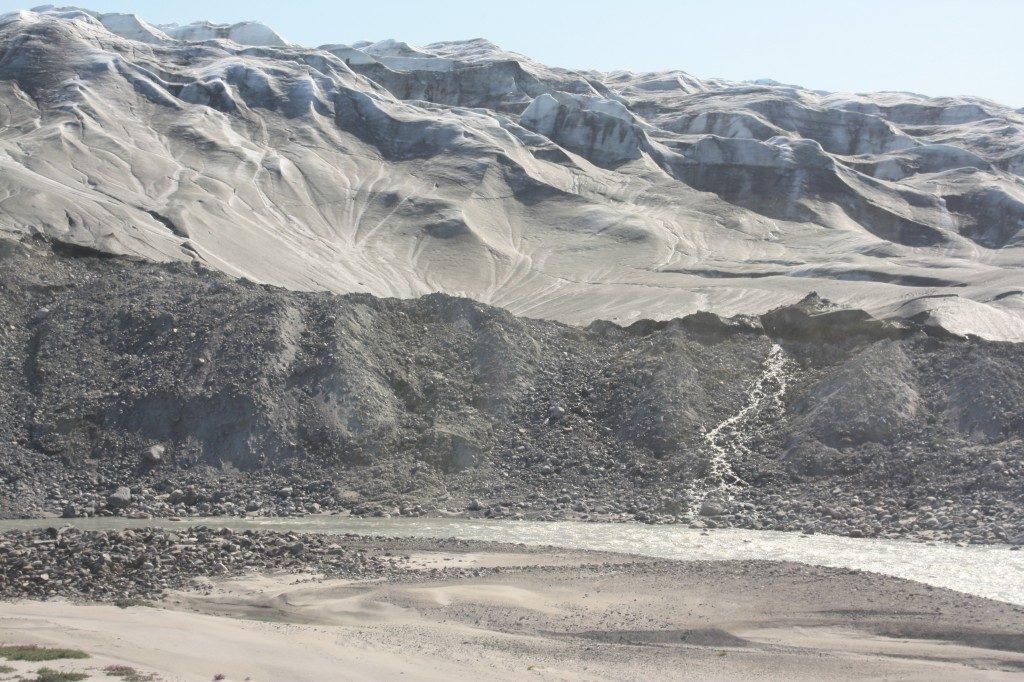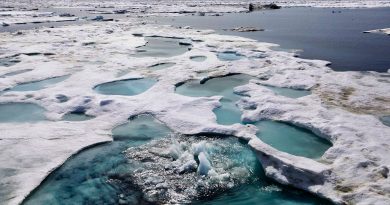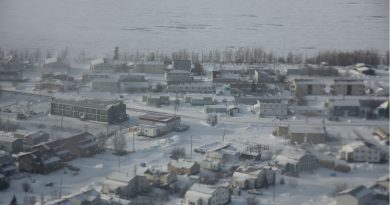Blog : COP28 in oil-rich Dubai – Can states agree action to protect the cryosphere ?

There has never been a more pressing need for the world to unite and take urgent, radical action to halt emissions, to avoid further changes to the frozen parts of the Earth with catastrophic consequences for people all round the globe.
Your Iceblogger is heading for Dubai and COP28 and trying to stay upbeat. This is such a key moment; but the controversy over the location and Presidency, especially the recent claims that the COP could be used to strike new fossil fuel deals are throwing a long shadow over the proceedings. At the same time we are experiencing extreme climate events all around the globe and the window for timely action is closing rapidly.
The State of the Cryosphere 2023
I have been involved on the sidelines with the publication of the report: The State of the Cryosphere 2023 – Two Degrees is Too High. And if you need anything to convince you that the time for action is now – you need look no further. Reviewed and supported by over 60 leading cryosphere scientists, this is the latest report in the series published annually by the International Cryosphere Climate Initiative. It updates the latest findings, and highlights the global impacts from changes in the cryosphere.
This year’s analysis tells us that even 2°C – the “upper” Paris Agreement temperature limit – will lead to catastrophic global damage from loss of ice sheets, mountain glaciers and snow, sea ice, permafrost, and in polar oceans, with disastrous consequences for millions of people, societies, and nature. Unfortunately, the latest World Energy Outlook published in October by the IEA calculates that “despite the impressive clean energy growth based on today’s policy settings, global emissions would remain high enough to push up global average temperatures by around 2.4 °C this century, well above the key threshold set out in the Paris Agreement”.
Put the two together and the outlook for our world could well give you sleepless nights.
“As things stand, demand for fossil fuels is set to remain far too high to keep within reach the Paris Agreement goal of limiting the rise in average global temperatures to 1.5 °C”, the IEA goes on. “This risks not only worsening climate impacts after a year of record-breaking heat, but also undermining the security of the energy system, which was built for a cooler world with less extreme weather events. Bending the emissions curve onto a path consistent with 1.5 °C remains possible but very difficult.
Tough negotiations ahead for COP28.
The cryosphere scientists conclude that nearly all of Greenland, much of West Antarctica, and even vulnerable portions of East Antarctica will be “triggered to very long-term, inexorable sea-level rise.”

There will be extensive, irreversible ice loss from the world’s glaciers in many major river basins, with some disappearing entirely. As glaciers melt, risks of catastrophic events such as landslides, sudden ice shears, and glacial lake outburst floods increase.
The Report predicts extensive sea ice loss at both poles, with severe feedbacks to global weather and climate. When white sea ice is replaced by darker sea water, heat is absorbed instead of being reflected back up into space. By 2°C, the Arctic Ocean will be sea ice-free in summer every year, potentially for several months.
Extensive permafrost thaw will result in more greenhouse gas emissions, which will cause temperatures to continue to rise, even once human emissions reach zero. At 2°C, annual total permafrost emissions (both CO2 and methane) would total the size of the entire European Union’s emissions from 2019. That is a lot of extra greenhouse gases.
Another major impact of climate change is polar ocean acidification. Cold water acidifies faster. The scientists calculate that a 2°C temperature rise would mean year-round, permanent corrosive ocean acidification conditions in many regions of Earth’s polar and near-polar seas. Shell-building animals, and commercial fisheries that rely on them in the food chain, may not survive.
Science, Policy, Action
Some of the cryosphere scientists involved in producing the report are in Dubai for COP28. ICCI hosts a Cryosphere Pavilion, as part of a wide-ranging effort to bring science, negotiators and policy-makers together. So what do politicians have to do to heed the warnings of the science community, halt warming and avert potentially catastrophic impacts?
Professor Julie Brigham-Grette, University of Massachusetts Amherst, one of the Report’s authors, stresses the huge responsibility of world leaders today for future generations:
“Our message is that this insanity cannot and must not continue. COP28, and December 2023, must be when we correct course. Otherwise, world leaders are de facto deciding to burden humanity for centuries to millennia by displacing hundreds of millions of people from flooding coastal settlements; depriving societies of life-giving freshwater resources, disrupting delicately-balanced polar ocean ecosystems; and forcing future generations to offset long-term permafrost emissions.”
What more can I say.
Related stories from around the North :
Antarctica : Study warns of increasing extreme events in Antarctica, Eye on the Arctic
Canada : COP28 : Closure of hospitals in Northern Canada, an example of climate change, doctors, CBC News
Greenland : Blog: Don’t be fooled – we can and we must limit temperature rise to 1.5°C, Irene Quaile
Norway : Assessment looks at dust in Arctic and its impacts on Svalbard, Eye on the Arctic
Russia: Melting permafrost may release industrial pollutants at Arctic sites: study, Eye on the Arctic



